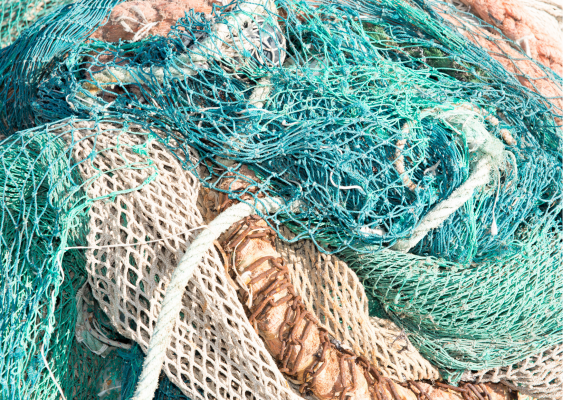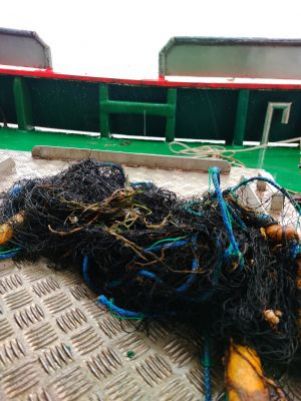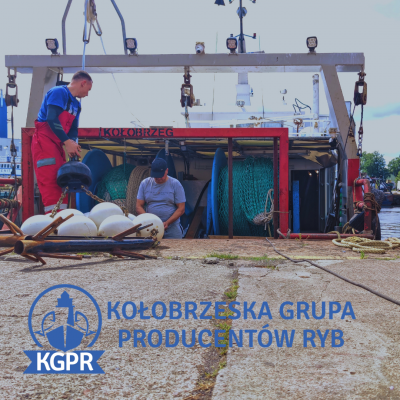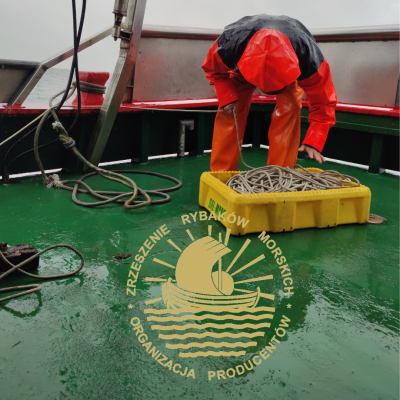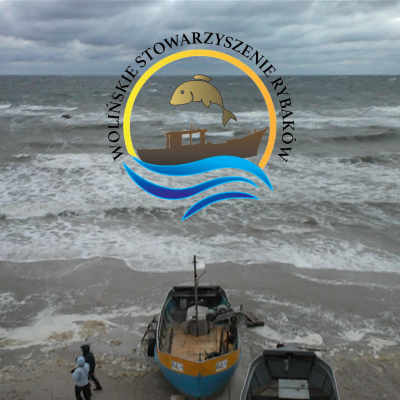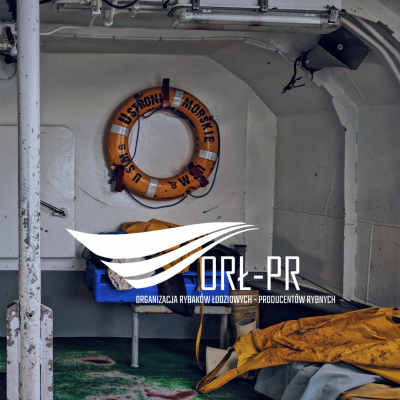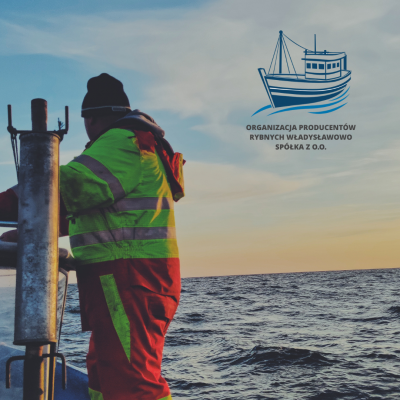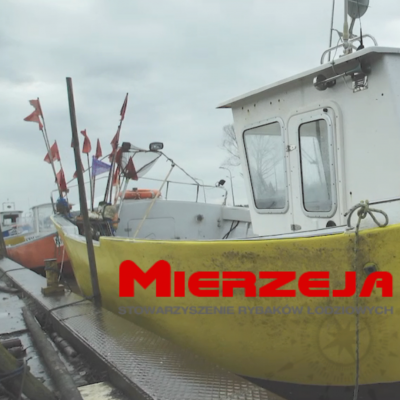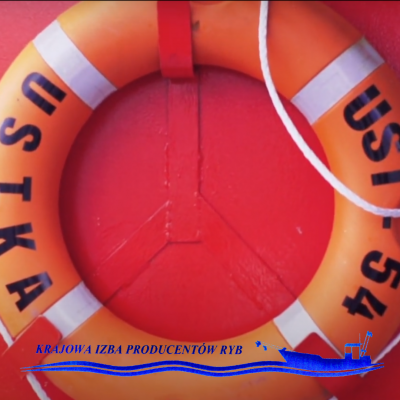
Clean Baltic edition 2020
Clean Baltic - edition 2020
With each passing day, we are becoming more and more aware of the fact that our plastic habits are a threat to the planet and wildlife. The problem of plastic pollution is especially visible in the seas and oceans, which constitute over 70% of the surface of our planet. The scientists estimate that over 12 million tonnes of plastic end up in the seas and oceans every year. This means that every minute an amount equivalent to the volume of one garbage truck enters marine waters.
The consequences for the marine ecosystems are vast and the good condition on the whole planet is at stake. There is one type of plastic pollution that is particularly dangerous, because it is designed for catching and killing the marine fauna. Namely the abandoned, lost or discarded fishing gears, the so-called ghost nets.
GHOST NETS
Derelict fishing gears are a part of the plastic litter problem. As defined in the HELCOM Action Plan on Marine Litter, derelict fishing gears (ghost nets) is a
“collective term for commercial and recreational fishing gears that has been abandoned, lost or otherwise discarded into the marine environment and cause negative biological impacts through, e.g. unintentional catches of fish (a process which is often referred to as “ghost fishing”), coverage of sensitive habitats and/or fragmentation into micro-particles that could enter the food chain”.
Negative impact of derelict fishing gears on marine environment increased in the second half of 20th century, when the fishing industry had started to use plastic to produce lines, nets and other fishing gears on a wider scale. The fishing gears made of plastic material remain in the environment for decades and have a negative impact on the ecosystem, not only through uncontrolled catches of fish and threatened species, but also because they are a dangerous waste. They are constructed of synthetic fibres with very high resistance. Breaking them into smaller particles as a result of external factors (such as light, the impact of currents or mechanical destruction), takes up to 600 years.
However, today we know that such decomposition cannot solve the problem. Plastic particles are only broken into smaller and smaller pieces, until they become particles of microplastics or even nanoplastics. Once introduced into the marine environment, plastics never disappear from it, and in smaller forms are even more dangerous for animals that mistake them for food. And in the end, the platics we throw away, come back to us as part of the food chain.
Derelict fishing gears and their impact on marine environment are the subject of many projects and research around the world. In recent years, the level of public awareness of marine litter, including ghost nets has increased significantly. More and more actions aimed at reducing the negative impact of ghost nets on marine ecosystems are undertaken across Europe. Poland is one of the leaders in this field. The first documented activities aimed at removing delelict fishing gears from the Baltic Sea was undertaken already in 2004. The new edition of the project carried out in the framework of the EU Operational Programme "Fisheries and the Sea", under the measure 1.4.1. “Collecting derelict fishing gears and marine litter” is an example of such activity aimed at mitigating negative impact of fishing on the Baltic ecosystem.
In 2019-2020, nine Polish fishermen’s organisations took part in the cleaning actions in the Baltic.
During the period of 16 months, the fishermen removed in total over 160 tonnes of litter from the Baltic.
The rerieved debris consisted in the main part of fishing gears, tyres and different single-use plastic items.
Information on fisheries organisations engaged in the project:
The aim of the project was to collect marine litter from the Baltic as well as the Lagoons (the Vistula Lagoon, The Szczecin Lagoon and Kamieński Lagoon and the Dąbie Lake) and to educate the society and sea users on the impact of marine litter on the environment. Nine fishery organisations from Poland took part in the project: Kołobrzeska Fish Producers Group, Fishermen’s Association from Wolin, Boat Fishermen Association Mierzeja, Association of Marine Fishermen – Producer Organisation from Władysławowo, National Camber of Fish Producers from Ustka, Darłowska Fish Producers Association, Boat Fishermen Organisation from Kołobrzeg, Szczecińska Fish Producers Group and Organisation of Fish Producers.

